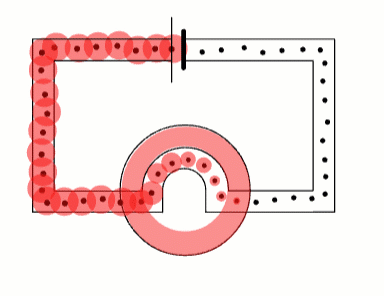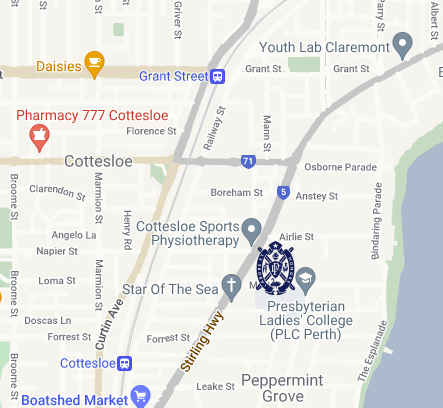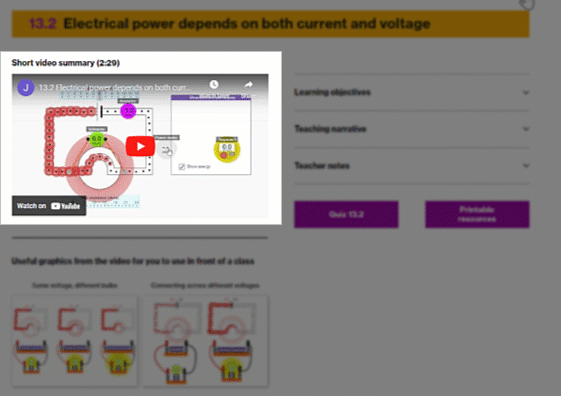The Electricity Explained Story
Thinking about teaching and learning electricity since 2001. And understanding it a little bit.
Julian Hamm - Founder and creator
I wouldn’t say I’m an expert - but I’ve thought about it very hard. These are the words of the great Jon Ogborn, who was the Professor of Science Education at London University’s Institute of Education when I did my PGCE in 1996 - and that is pretty much my approach.
It was only when I did my PGCE that I realised I didn’t understand electricity at all. I’d got good A levels and read engineering at Imperial College, so I could do some maths and solve problems readily enough, but when it came to actually understanding the core concepts, I was clueless. This bothered me.
The good news was that I wasn’t alone. Almost everyone on the course had the same glaring misconceptions that I did.
Why was it that a moderately clever, moderately well-informed person like me could misunderstand basic science in extremely predictable ways? And probably more importantly, what could be done about it?
Designing the first animation
After my PGCE I taught physics at Hampton School, a big academic boys day school in West London and learned how to use the Flash animation software to create the first electric circuit animation.
The ‘donation’ model as it’s called is not new. There had been an article in School Science Review about how effective it was, but that version used stick figures carrying energy, and it was static.
My vision was to have something that was mathematically coherent, so you could see the relationship between current, voltage and power, but that wasn’t a metaphor. You didn’t have to think about how little stick figures would behave - the circuit simply did the right thing.
It sounds trivial but probably the biggest innovation was to make the energy circles transparent. This meant you could make them arbitrarily big, and there was no sense of an upper limit for the amount of energy a charge could carry.
Furry Elephant
There’s a very long-running programme on Radio 4 called In Touch, which is aimed at blind and visually impaired listeners. I used to listen to it as a student, and remembered an episode where blind adults were taken to London Zoo to feel what the animals were like. They interviewed one of the visitors afterwards, and he said the elephant was exactly the same as he’d expected it to be…except he’d always imagined they were covered in fur.
It struck me, that this was very similar to how people misunderstand science. We have all these gaps that we fill in without knowing it, so it’s only by understanding exactly where these filled-in gaps - these misconceptions - are that we can tell the full scientific story.
If no one ever tells you that charges move very slowly (and that they are already there and move everywhere at the same time) you’ll assume they move very quickly - since that’s a much more intuitive explanation for why switches have such an immediate effect.
I created Furry Elephant to tell a story about electricity that I found complete enough to fill in all the gaps.
The Elephant goes global
Furry Elephant was always written to support non-specialists who teach physics, however the problem was that most (but by no means all) of our customers were highly academic schools. It seemed that you needed to have a certain level of understanding to see that there was a problem that needed solving.
Exam syllabuses don’t test for basic physics. They tend to focus on extremely superficial questions that it’s possible to answer correctly while simultaneously holding the most common misconceptions.
Furry Elephant was used by schools all over the world, principally in the US, Australia and the UK, but was eventually made redundant when major browsers stopped supporting Flash in 2020.
Electricity Explained is born
With the upcoming demise of Flash, I was flattered and surprised to have teachers from all over the world contacting me and asking what was going to happen to their favourite teaching resource.
By this time I had stepped away from Furry Elephant for over a decade, but the site continued to retain schools for many years - it was a very sticky product.
One of these (very famous, very academic) schools asked me to rewrite the simulations in Javascript and upcycle the lessons into videos so they could still use the Elephant content internally and for outreach.
I got my physics mojo back and the result is Electricity Explained. It’s much crisper than Furry Elephant (perhaps by sacrificing a little quirkiness) and I hope you can still get a sense of the passion I have for creating something special.





